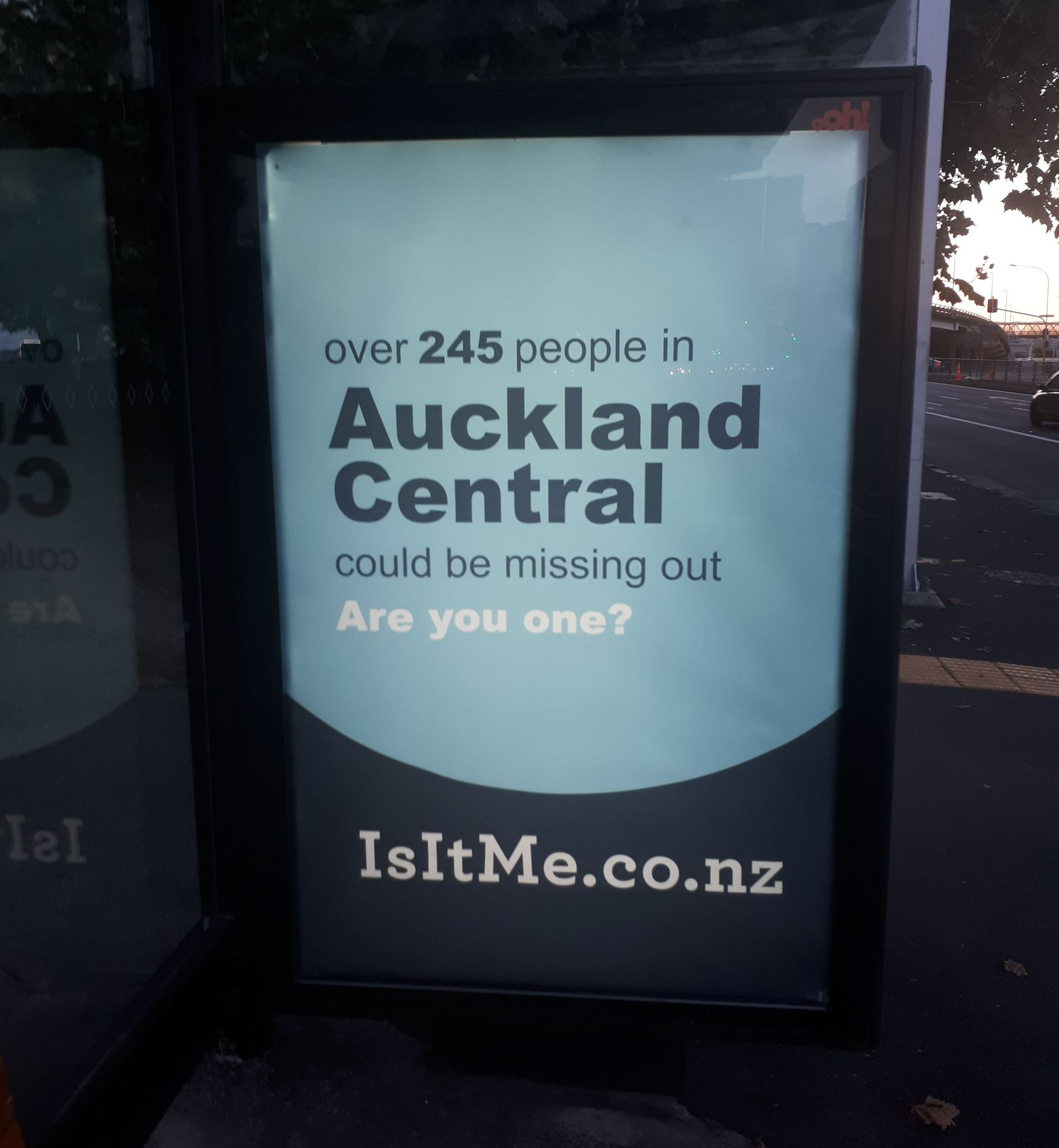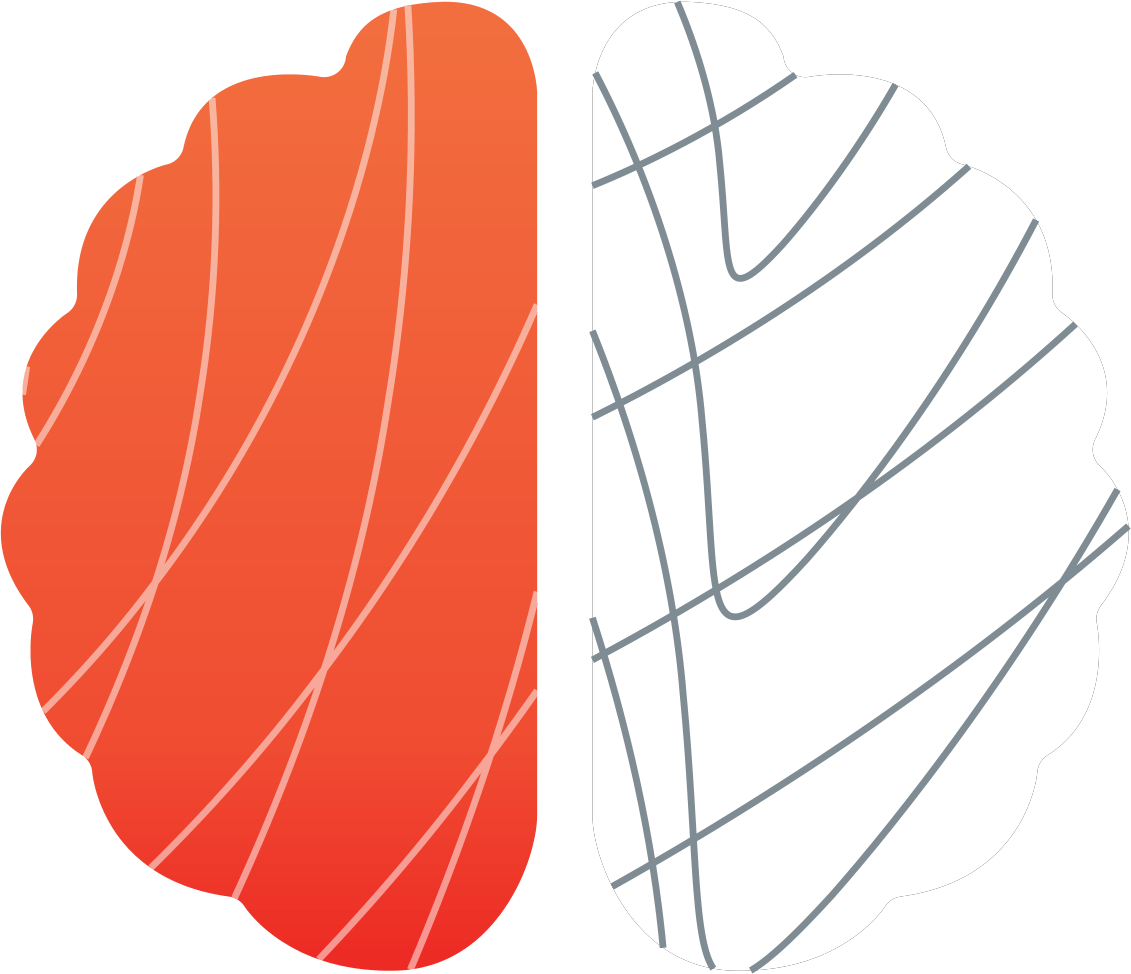How do high functioning agile squads achieve progress? By thinking like a scientist.
Hands up if you work for a large corporate that hasn't shifted at least some of its resource to agile methodology? There's not many - over the last decade there has been a widespread shift across New Zealand organisations to agile. And it makes sense - break work into smaller chunks, deliver more frequently, pivot faster and realise business results sooner.
We've worked in, with and near some of these companies, and have witnessed a variety of results, all coming down to the way squads approached their challenges. After all, agile is just a structure, so what separates high and low functioning teams? One feature we witnessed of the high functioning teams is a curiosity informed by evidence: a scientific mindset.
A focus on the problem, not the solution
In many organisations, agile and non-agile alike, we see people seeking to provide solutions, at the expense of more careful consideration of problem definition or discovery, and with little investment in evaluating the impact of their ideas.
This often ends up in a 'survival of the fittest' - or at times, survival of the loudest voice in the room.
Agile done well helps teams focus on resolving a problem, rather than providing a solution. It's a subtle reframe, but an important one. It means working forward: agreeing on what the challenge is that our squad is being formed around; what metrics show us that the problem is there (and that we are potentially impacting it); and being clear about what our assumptions are.
Squads engaged in this way are focused on learning and understanding what is really driving the challenges they are there to resolve. And it fits really nicely with the scientific approach.
Getting into the right mindset
A scientific mindset doesn't mean getting out lab coats and chemistry sets. It's about taking the scientific learning process and applying it to your business challenges.
In Richard Chataway’s book The Behaviour Business: How to apply behavioural science for business success, he points to the role of science in solving mankind’s problems, and how a scientific mindset is underpinning the success of some of the world’s most successful businesses.
“The houses we live in, the food we eat, the transport we use: all of these contain innovations that were developed by scientists using the scientific method. A hypothesis based on scientific evidence, followed by a deduction, and tested through observation. Then repeat. And yet, in business, little work is scientifically based. In fact, most of it involves no experimentation, and an awful lot is based on outdated assumptions. Isn’t it time we remove the guesswork?”
Consider the typical stages of a scientific process:
- Define a question to investigate
- Create hypothesis
- Test with an experiment
- Analyse data
- Report conclusions
You can see how easily these transfer to a business challenge/project situation:
- Turn your challenge into a question to investigate, e.g. "How might we increase the number of customers self-serving online?"
- Make observations, collect data, research - talk to actual customers, and don’t forget to review any research (including that conducted outside your organisation) you already have access to.
- Create your hypothesis. Remember, this is essentially your educated guess on how to answer your question in step 1. For instance, "Redesigning the self-service menu to highlight the three most common tasks will encourage more customers to trial an online service offering, before resorting to phone"
- Put the hypothesis out to experiment. In this scenario, an A|B test could work well, in which half of customers see the existing webpage and half see an updated webpage.
- Analyse the results. Did it work? Or did it simply sound like a good idea, that failed to have an impact in the real world?
- Review and implement, adapt and re-test, or workshop through the next challenge. E.g. what did we learn? Should we scale up and turn into a BAU proposition? Are there some customer segments that this didn’t work for, and need a different solution?
Delight in being wrong
Of course, testing our concepts can mean we discover they don't work.
There’s a scientific principle that our theories are never proven to be true, only proven to be wrong. This means it only takes one result to disprove an idea, and that all others are just in a permanent twilight zone waiting to be shown that they are wrong. From a business or design perspective, that probably feels unsatisfactory (or unmotivating and generally depressing!). But from a learning perspective - and when viewing it from a long-term impact perspective - it's actually ideal.
We want to find out that we're wrong, so that we can more quickly, effectively and cheaply, move onto more effective ideas. It's the ultimate ‘test and learn’.
There's a certain humility in being guided by the evidence, allowing yourself and your squad to put aside your own ideas and expectations, and accept what emerges from the discovery and testing process. The evidence can come from a range of sources, and some are more rigorous than others. But the key is to rely on the evidence at hand - even when it goes against our pet theories or ideas.
Try reframing being wrong from a failure (which it's not), to a cause for celebration - the test was successful! And then you can do what all good scientists do: find another question to investigate.
Moving faster … with more curiosity
Taking on this approach in your squad shouldn't mean you take the fun out of ideation and delivery, it's just about helping you streamline your processes to deliver the right solution, for the right problem. It's up to your squad's experience and judgement to decide where to focus attention and how to apply the findings.
The other benefit is that this process should help your squad move faster, from problem statement, to solution possibilities, to scalable strategies. For teams struggling to get traction it’s a great way to see – and demonstrate – progress, and move past having the same ‘what if’ conversations over and over again.
If you need some help or ideas on applying a scientific mindset to your project or challenge, get in touch.





